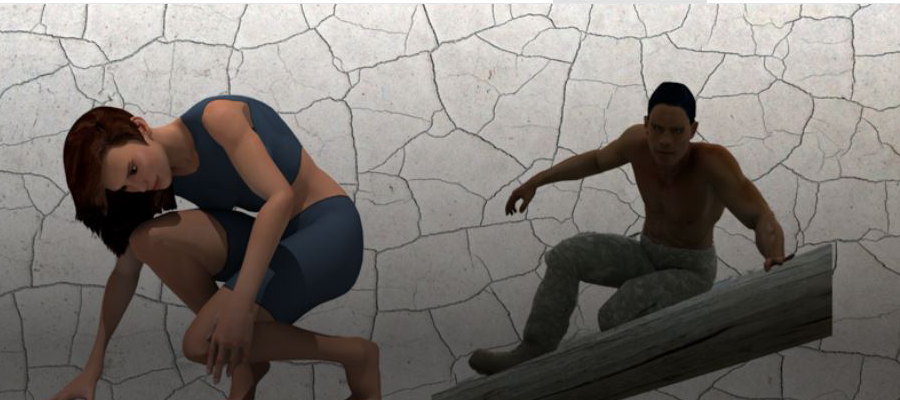Abstract
This paper presents the development of body-shape-data-based digital human models, i.e. manikins, for ergonomics simulations. In digital human modeling (DHM) tools, it is important that the generated manikin models are accurate and representative for different body sizes and shapes as well as being able to scale and move during motion simulations. The developed DHM models described in this paper are based on body scan data from the CAESAR anthropometric survey. The described development process consists of six steps and includes alignment of body scans, fitting of template mesh through homologous body modeling, statistical prediction of body shape, joint centre prediction, adjustment of posture to T-pose, and, finally, generation of a relation between predicted mesh and manikin mesh. The implemented method can be used to create any type of manikin size that can be directly used in a simulation. To evaluate the results, a comparison was done of original body scans and statistically predicted meshes generated in an intermediary step, as well as the resulting DHM manikins. The accuracy of the statistically predicted meshes are relatively good, even though differences can be seen, mostly related to postural differences and differences around smaller areas with distinct shapes. The biggest differences between the final manikin models and the original scans can be found in the shoulder and abdominal areas, in addition to the significantly different initial posture that the manikin models have. To further improve and evaluate the generated manikin models, additional body scan data sets that include more diverse postures would be useful. DHM tool functionality could also be improved to enable evaluation of the accuracy of the generated manikin models, possibly resulting in DHM tools that are more compliant with standard documents. At the same time, standard documents might need to be updated in some aspects to include more three-dimensional accuracy analysis.
Keywords: anthropometry, 3D body scanning, body shape, statistical body model, joint center model
How to Cite:
Brolin, E. & Delfs, N. & Rebas, M. & Karlsson, T. & Hanson, L. & Högberg, D., (2022) “Development of body shape data based digital human models for ergonomics simulations”, Proceedings of the 7th International Digital Human Modeling Symposium 7(1): 13, 9 pages. doi: https://doi.org/10.17077/dhm.31759
Rights: Copyright © 2022 the author(s)
Downloads:
Download PDF
View
PDF

